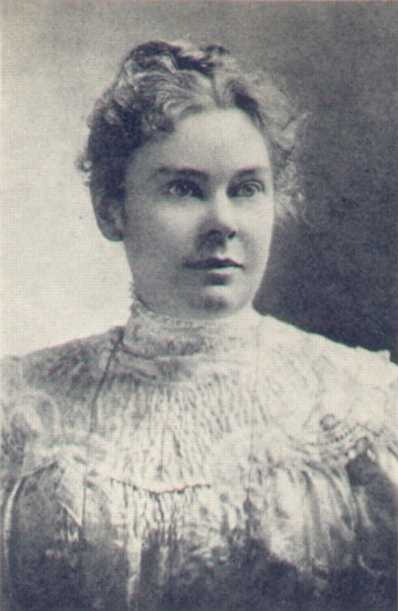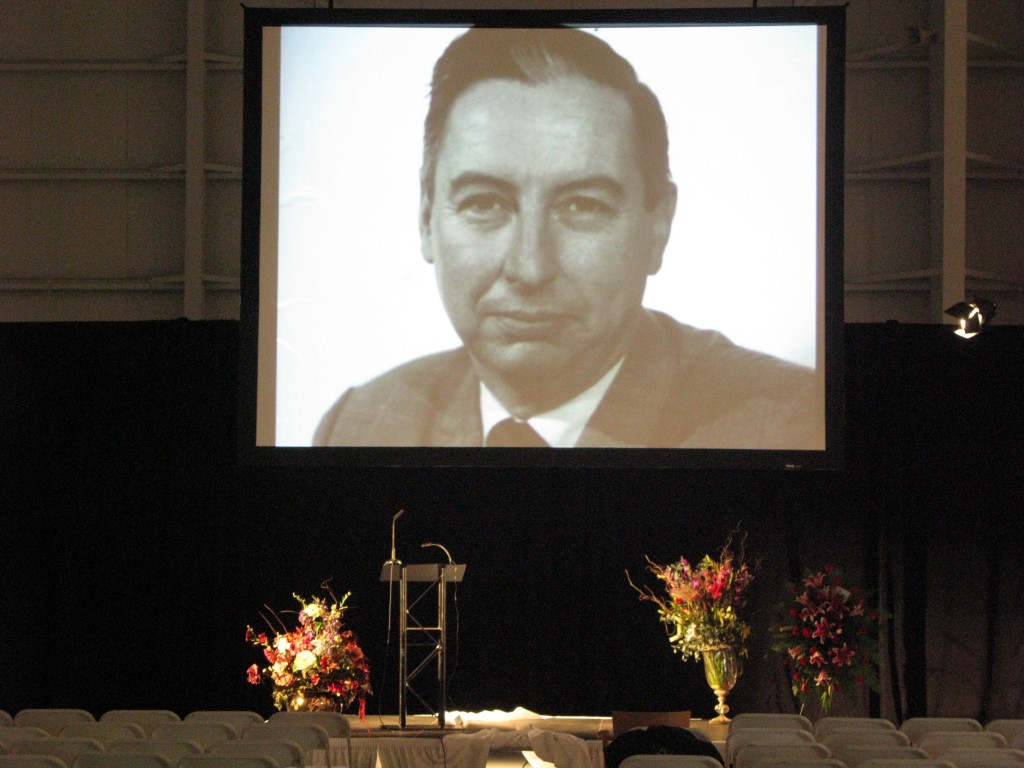Two significant figures in Portland arts and culture have died, and we express our appreciation to them and our condolences to their friends and families.
Harold Schnitzer, the prominent businessman who was a major supporter of the Portland Art Museum and many other organizations, died early this morning at age 87. In the past several years he and his wife, Arlene, have given $80 million to Portland and Oregon causes — an immense reinvestment. They were also astute and generous art collectors; Arlene founded the important Fountain Gallery that gave a commercial kick-start to the Portland art scene. D.K. Row has this report at Oregon Live. UPDATE: The Oregonian has filed this much expanded obituary on Oregon Live.
Janet Bradley, co-founder and for all of its years the vital organizing force behind the puppet company Tears of Joy, died unexpectedly yesterday, April 26. She was a warm, practical and generous woman, always behind the scenes but well-known and well-liked in the performance community. Tears of Joy is a company for kids but it’s also always been hooked in with some of the most innovative international practitioners of the art, and Janet’s openness and determination had a great deal to do with that. We don’t have a lot of details, but her daughter, Emily Alexander, posted this yesterday on Facebook:
My warm and perfect mother, Janet Bradley, passed away early this morning. She was, as you know, a vibrant, electric, and beautiful woman. Her passing is a shock. The cause can best be described as a birth-defect of her aorta that none of us, including my mother, knew about. She was an elegant queen with a green thumb who could turn a sow’s ear into a silk purse. And she truly loved and enjoyed her life. My mom was my very best friend, and a second mother to my children. I am so grateful to have had the time we did.
UPDATE: Michael Griggs, executive director of Portland Taiko and a longtime close friend of Bradley, sends this:
“Janet collapsed at work Monday afternoon, was rushed to Legacy Emanuel hospital and underwent surgery at 2 p.m., but died at 2 a.m. from a previously undetected congenital problem with her aorta.
“Janet was a leader not only in Portland and Southwest Washington, but nationally in the world of puppetry and performing arts touring. She was a tireless advocate for performing arts for children and arts education, and she will be greatly missed by her many colleagues, friends, and the Tears of Joy family and friends.”
A celebration of Janet Bradley’s life will be held at 7 p.m. Monday, May 16, in downtown Portland’s Newmark Theatre.
Contributions to Tears of Joy in Janet’s name may be made to:
Tears of Joy Theatre
323 N.E. Wygant St. #201
Portland, OR 97211
www.tojt.org
503-284-7540
 It’s not often we call attention to a front-page newspaper story — after all, it’s right there on the front page; how could you miss it? — but today we’re doing just that. If you haven’t looked at it yet, please read
It’s not often we call attention to a front-page newspaper story — after all, it’s right there on the front page; how could you miss it? — but today we’re doing just that. If you haven’t looked at it yet, please read  Locally, arts marketing whiz Trisha Mead sounded the alarm (she was even
Locally, arts marketing whiz Trisha Mead sounded the alarm (she was even  Perhaps you’ve seen some on your travels to England: those little bursts of architectural whimsy sometimes found on the rolling estates of members of the minor nobility, cozy towering playhouses for the eccentrically and unaccountably rich. They serve no purpose other than the whim of their owner/designers — in a sense, they’re the original conceptual art — and they can be, when your mood and the play of light are right, delightful.
Perhaps you’ve seen some on your travels to England: those little bursts of architectural whimsy sometimes found on the rolling estates of members of the minor nobility, cozy towering playhouses for the eccentrically and unaccountably rich. They serve no purpose other than the whim of their owner/designers — in a sense, they’re the original conceptual art — and they can be, when your mood and the play of light are right, delightful. This morning’s
This morning’s 


 It was the thirtieth anniversary of Mule Days, and Mr. Scatter, who was on the spot for last year’s festivities, which he wrote about
It was the thirtieth anniversary of Mule Days, and Mr. Scatter, who was on the spot for last year’s festivities, which he wrote about 
 Up to now Mr. Scatter has stayed out of the fray over the
Up to now Mr. Scatter has stayed out of the fray over the 